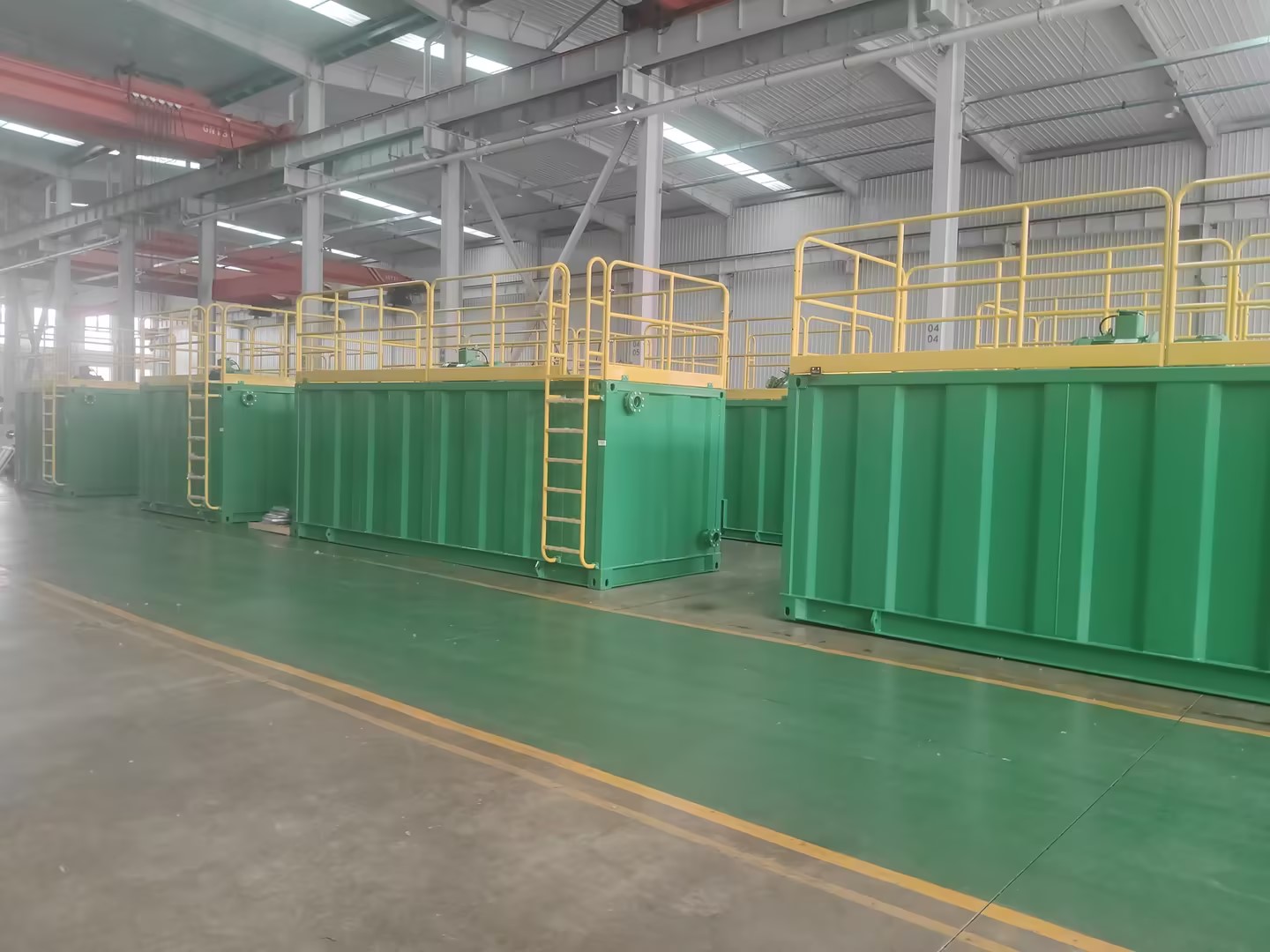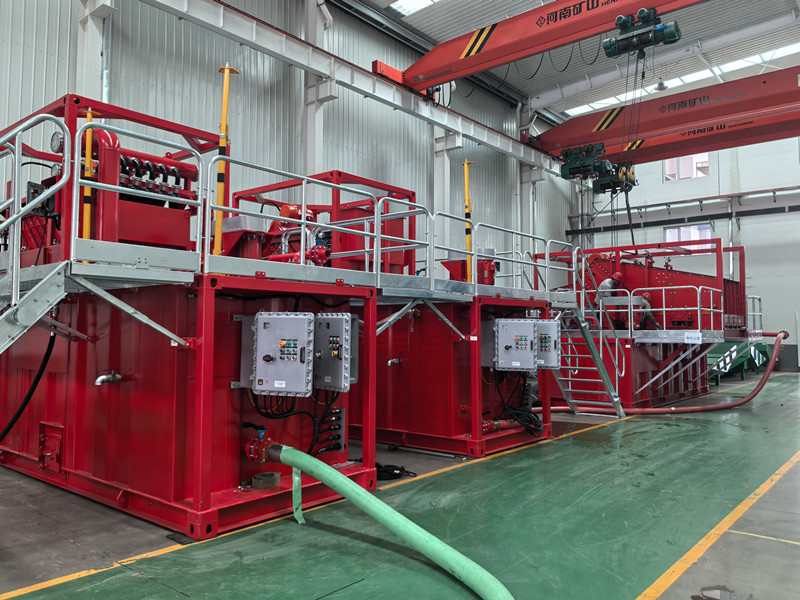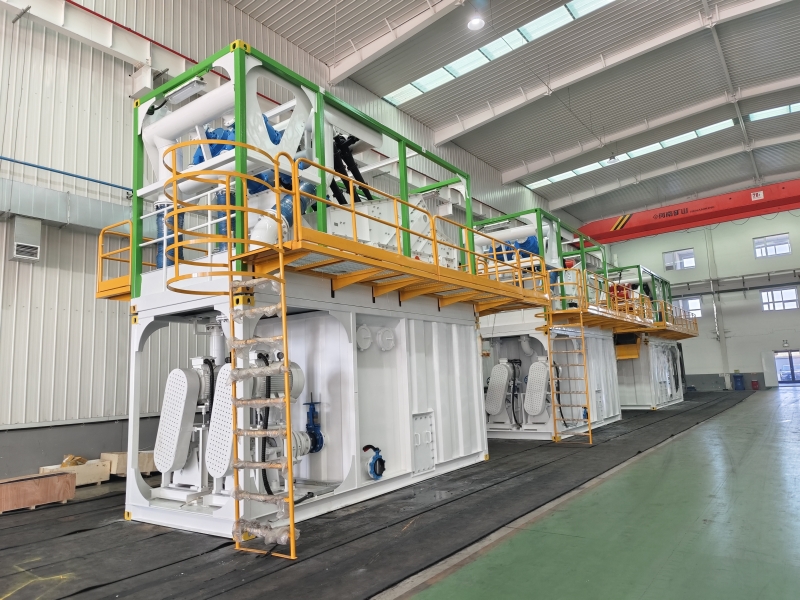


GN Solids Control Co., Ltd. is a Chinese company specializing in solid control equipment and solutions for the oil and gas drilling industry. Here’s an overview of the company based on available information:
Overview of GN Solids Control Co., Ltd.
Industry: Oilfield equipment, solids control systems, and drilling waste management.
Products & Services:
Solids Control Equipment: Shale shakers, desanders, desilters, decanter centrifuges, mud cleaners, and vacuum degassers.
Drilling Waste Management: Cuttings dryers, screw conveyors, skid-mounted systems.
Mud Recycling Systems: Customized solutions for drilling fluid recovery.
Other Equipment: Centrifugal pumps, agitators, and mud tanks.
Applications: Onshore & offshore drilling, HDD (Horizontal Directional Drilling), CBM (Coal Bed Methane), and geothermal drilling.
This system mainly consisits of:
Includes: 4 mud tanks
3 units GNZS594K drilling fluid shale shakers
1 unit GNZCQ270 vacuum desander
1 unit GNZJ752K-2S desander
1 unit GNZJ752K-12N desilter
1 unit GNLW452D medium-speed centrifuge
And matching agitators, sand pumps, slurry mixing funnels, electronic control systems, etc.
A shale shaker is a critical piece of equipment in the drilling industry, primarily used in the solid control system to separate drilled cuttings (rock fragments) from drilling fluid (mud) during the drilling process. It is the first and most important stage in the solids removal process on a drilling rig.
A desander is a critical piece of equipment used in drilling operations, particularly in oil and gas, water well, and geothermal drilling. It is part of the solids control system and is designed to remove abrasive solids (typically sized between 15-100 microns) from drilling fluids (mud) to maintain fluid properties and prevent equipment damage.
For more info in detail and prompt reply,please find MichaelSong.
Europe&Aisa Market manager
Whatsapp: + 86 178 0179 9913
Email: michael@gnsolidscontrol.co





























